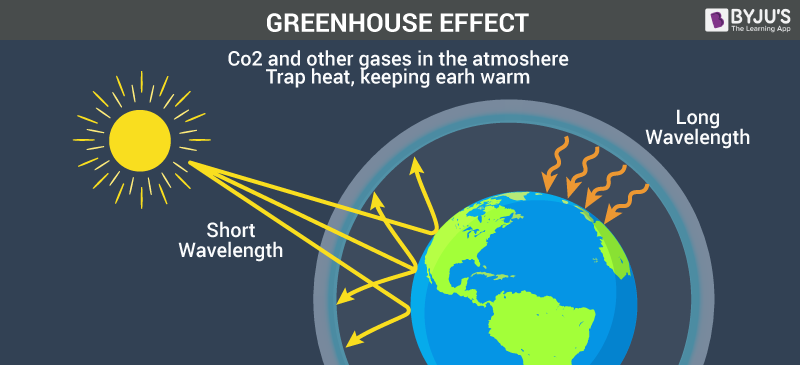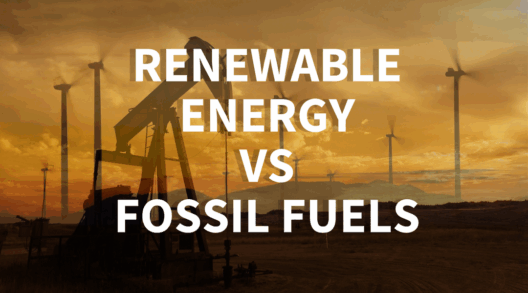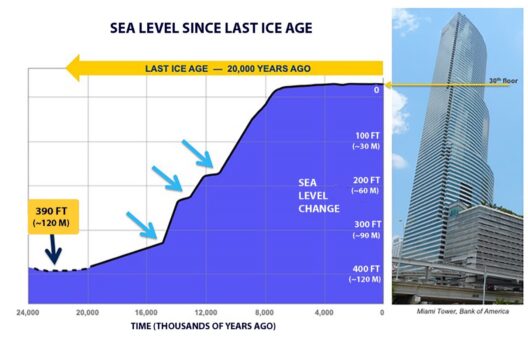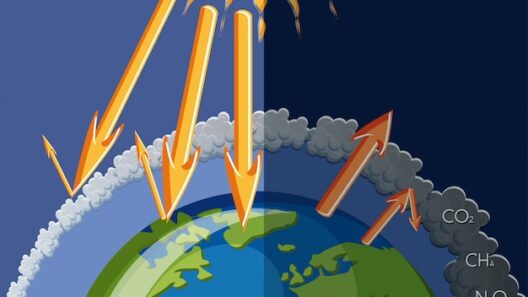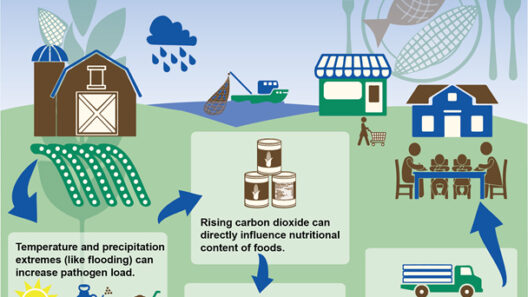The phenomenon of the greenhouse effect is often met with intrigue, as it delicately balances the Earth’s climate. This natural process is essential for sustaining life. However, human activities have intensified this effect, leading to dire consequences for our planet. To fathom the implications fully, it is vital to explore the gases that play a significant role in this intricate web of interactions.
The key players in the greenhouse effect are a mélange of gases which, when present in excess, contribute to global warming. Understanding these gases not only enriches our knowledge of atmospheric science but also underlines the urgency of addressing climate-related issues. This exploration is divided into several categories, shedding light on the most prevalent greenhouse gases and their distinctive characteristics.
Carbon Dioxide: The Foremost Offender
Carbon dioxide (CO2) is arguably the most notorious greenhouse gas. Its omnipresence in discussions about climate change stems from its substantial contribution to the enhanced greenhouse effect. Derived primarily from the burning of fossil fuels—such as coal, oil, and natural gas—CO2 is released during transportation, industrial processes, and electricity generation. Furthermore, deforestation exacerbates the situation as trees, which absorb carbon dioxide during photosynthesis, are removed, diminishing nature’s ability to regulate these emissions.
Interestingly, while CO2 lingers in the atmosphere for hundreds of years, its initial concentration increases can be traced back to the Industrial Revolution. As our societies evolved, so did our reliance on carbon-intensive energy sources. This relationship between industrial progress and atmospheric chemistry presents a paradox that captivates both scientists and environmentalists alike, fueling a sense of urgency to transition towards renewable energy sources.
Methane: The Potent Greenhouse Gas
Methane (CH4) is another significant contributor to the greenhouse effect, albeit less abundant than carbon dioxide. This gas possesses a remarkable ability to trap heat—over 25 times more effective than CO2 over a 100-year period. Methane emissions predominantly originate from agricultural practices, landfills, and the extraction of fossil fuels. The cultivation of livestock, particularly cattle, releases methane through enteric fermentation, a digestion process unique to ruminants.
The allure of methane lies in its short atmospheric lifetime, typically ranging from a decade to two. Despite its ephemeral presence, the immediate consequences of methane emissions are profound. Consequently, initiatives aimed at reducing methane output in sectors like agriculture are gaining traction. The collective realization of methane’s potency carries the potential for a significant, albeit immediate, impact on global warming scenarios.
Nitrous Oxide: The Overlooked Contender
Nitrous oxide (N2O) often remains in the shadows of the more prominently discussed greenhouse gases. However, it plays a crucial role in climate change dynamics. This gas is produced from both natural and human-induced processes, including agricultural fertilizer use, fossil fuel combustion, and industrial operations. Its heat-trapping capabilities are approximately 298 times that of carbon dioxide over a century, making it an alarming player in the greenhouse game.
The fascination with nitrous oxide stems not only from its greenhouse properties but also from its role in ozone depletion. The interconnectedness of atmospheric phenomena reveals the complexity of our climate system. Efforts to mitigate nitrous oxide emissions are critical, particularly in the agro-industrial sector, where fertilizer application needs to be optimized for both food production and environmental sustainability.
Water Vapor: Nature’s Balancer
Water vapor (H2O) is unique among greenhouse gases; it is a natural component of the atmosphere and acts as a feedback mechanism rather than a direct climate driver. As temperatures rise, the atmosphere can hold more moisture, leading to increased water vapor. This, in turn, magnifies the greenhouse effect, creating a feedback loop wherein warming leads to even more warming.
Understanding the role of water vapor in climate dynamics is essential. Despite not being the leading contributor to climate change in terms of human activities, its influence accentuates the effects of other greenhouse gases. Delving into this nuanced relationship fosters a more nuanced comprehension of climate perturbations, igniting curiosity about the intricate dance of elements that govern our atmospheric conditions.
Beyond the Basics: Acknowledging the Lesser-Known Gases
Although carbon dioxide, methane, nitrous oxide, and water vapor often dominate discussions surrounding the greenhouse effect, other gases such as ozone (O3) and industrial greenhouse gases—including hydrofluorocarbons (HFCs) and perfluorocarbons (PFCs)—merit attention. Though present in smaller concentrations, their heat-trapping abilities can be far more potent than CO2. Policies aimed at phasing out the use of several of these substances offer hope for mitigating climate change’s mid to long-term impacts.
As societies grapple with climate change, understanding the spectrum of greenhouse gases becomes crucial. Each gas exhibits unique properties and sources, making their impacts multifaceted. Acknowledging these complexities inevitably feeds into broader conversations about sustainability, energy transitions, and environmental stewardship.
In conclusion, the gases responsible for the greenhouse effect collectively form a rich tapestry of interactions that instantiate climate change. By dissecting these gases and their characteristics, we not only elucidate their roles in contemporary environmental challenges but also unveil the pressing need for concerted action. Through education and awareness, society can better navigate the path toward a more sustainable future, armed with knowledge of the intricate dynamics that shape our planet’s climatic destiny.


